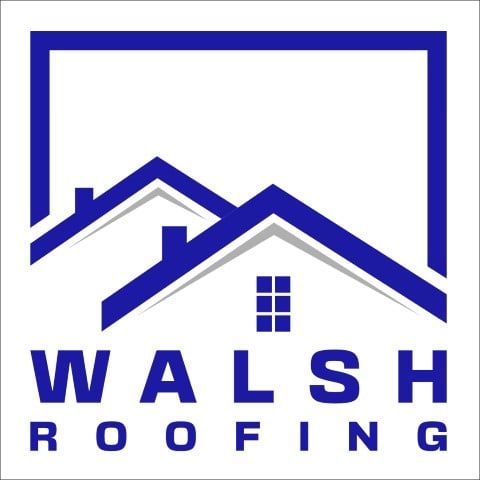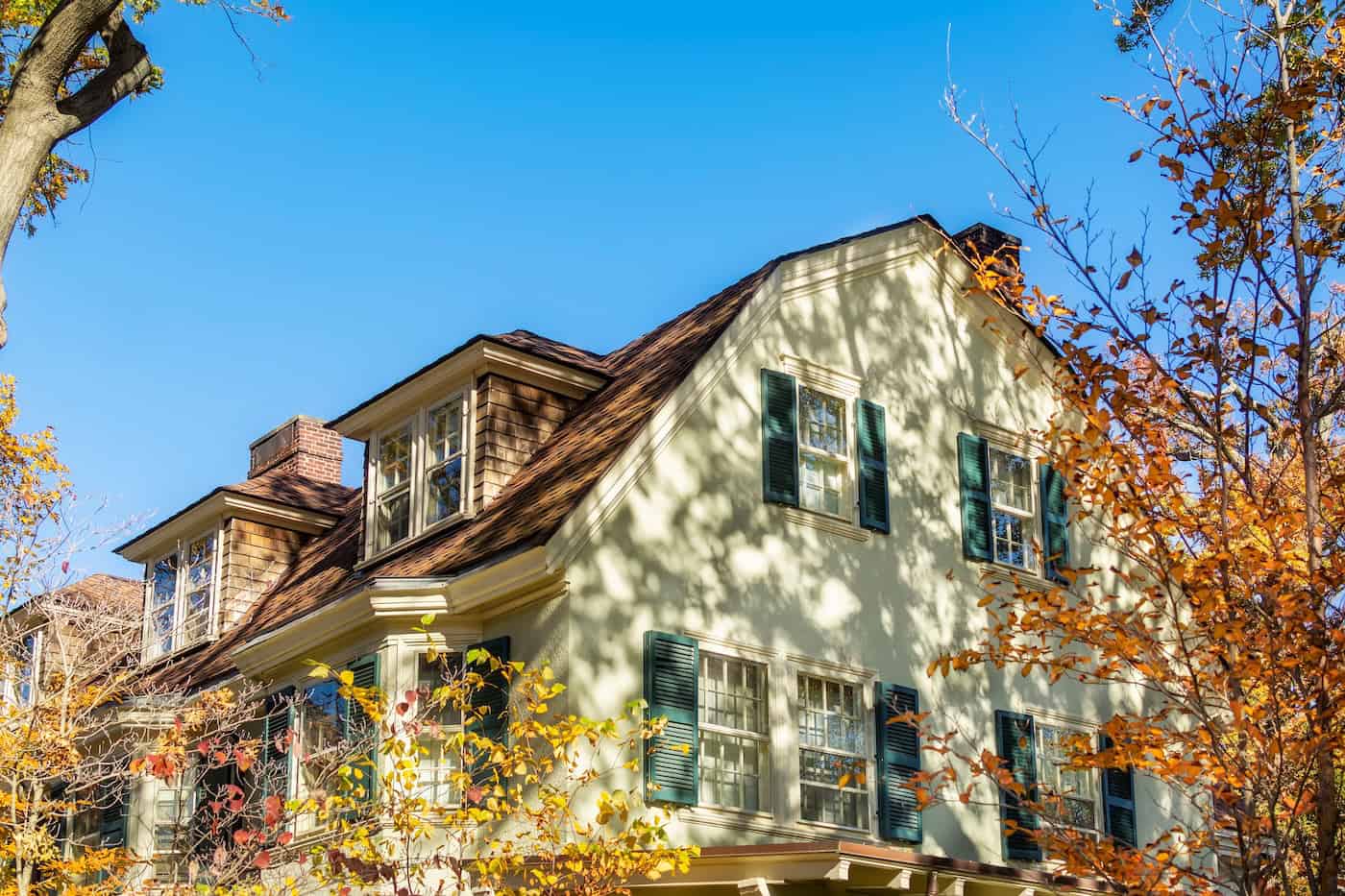Homeowners exploring various roof types often find that each style comes with unique benefits and drawbacks. The right roof impacts curb appeal, energy efficiency, and protection against weather. This guide breaks down the most popular options so you can make an informed decision when replacing or building a new roof.
- Design variety: How different roof styles affect appearance and home value.
- Durability factors: Weather resistance, longevity, and maintenance needs.
- Cost considerations: What to expect for installation and repairs.
- Regional fit: Which roofs work best in your climate and neighborhood.
Why Choosing the Right Roof Matters
Your roof is more than just a shelter from the elements. It also plays a major role in insulation, storm protection, and energy efficiency. Choosing the right style is essential because it determines how well your home withstands local weather and how much upkeep will be required. Before reviewing the most common roof designs, it’s important to consider the factors that influence long-term performance.
Key Considerations Before Selecting a Roof
- Budget: Higher-end roof designs cost more upfront but may last longer.
- Climate: Some roofs perform better in snowy regions, while others suit hot, humid areas.
- Maintenance needs: Consider how much upkeep each style typically requires.
- Aesthetic value: Certain roof shapes complement specific architectural styles.
6 Most Common Roof Types and Their Pros and Cons
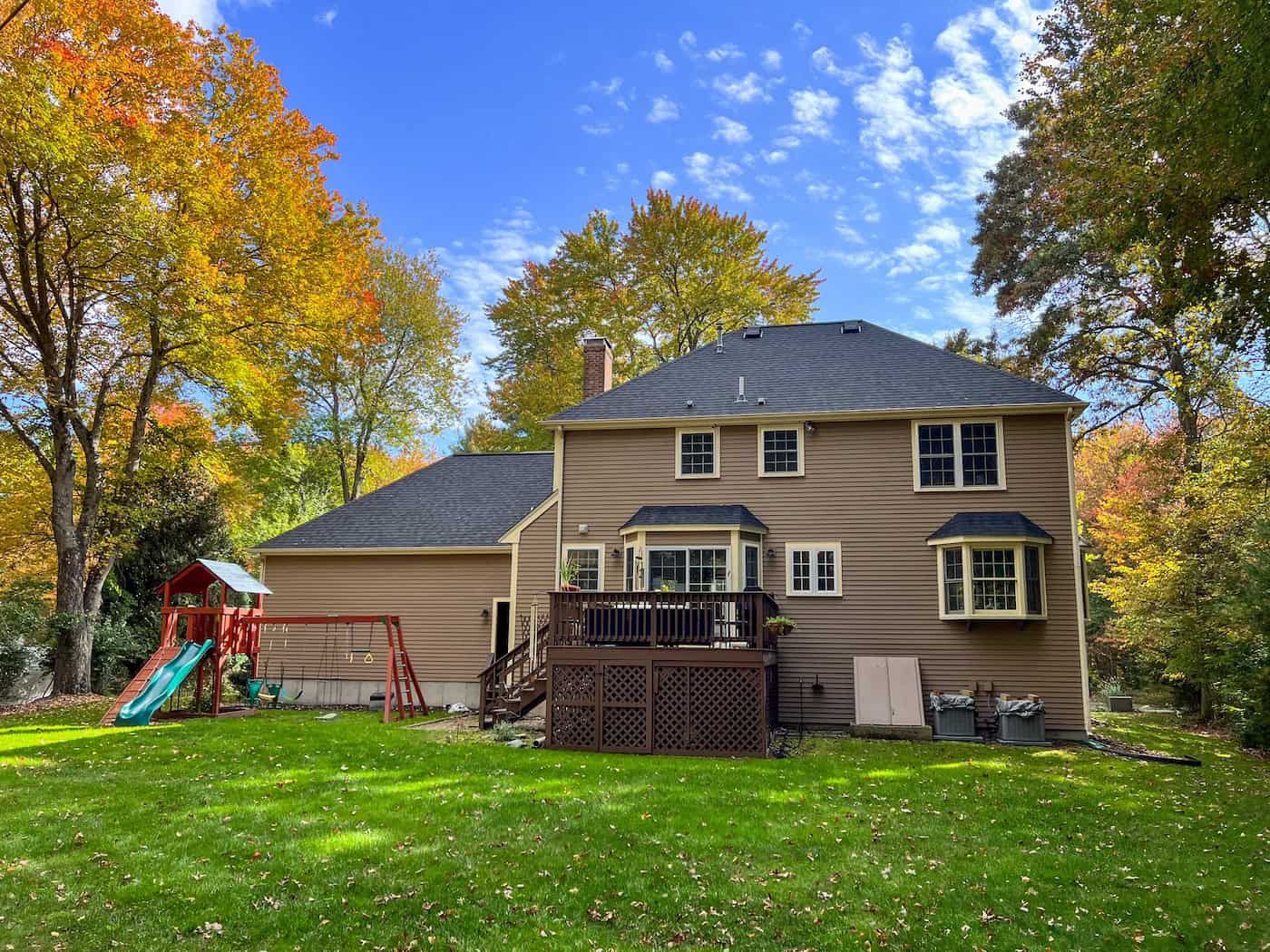
Every roof type brings unique strengths and challenges. Below is a list of the most widely used options for residential homes.
- Gable Roof: Simple triangular design that sheds water easily but can be vulnerable in high winds.
- Hip Roof: Sloped on all sides for excellent stability, though more costly to build.
- Flat Roof: Modern look with space for solar panels, but prone to drainage issues.
- Mansard Roof: Stylish French-inspired design that adds attic space, though expensive to maintain.
- Shed Roof: Single slope ideal for additions, but limited in overall style options.
- Gambrel Roof: Barn-style look offering extra attic space, but less durable in heavy snow.
Pros and Cons of Each Roof Style
Different roof types work better for different homes. Evaluating the pros and cons helps narrow down the best choice for your needs.
Gable Roof
- Advantages: Affordable, easy to build, and sheds water and snow effectively.
- Disadvantages: Prone to wind uplift, especially if not properly braced.
Hip Roof
- Advantages: Excellent stability in high winds and good drainage performance.
- Disadvantages: Higher installation costs due to complex framing.
Flat Roof
- Advantages: Offers rooftop space for HVAC units or solar panels.
- Disadvantages: Water drainage issues may occur without proper maintenance.
Mansard Roof
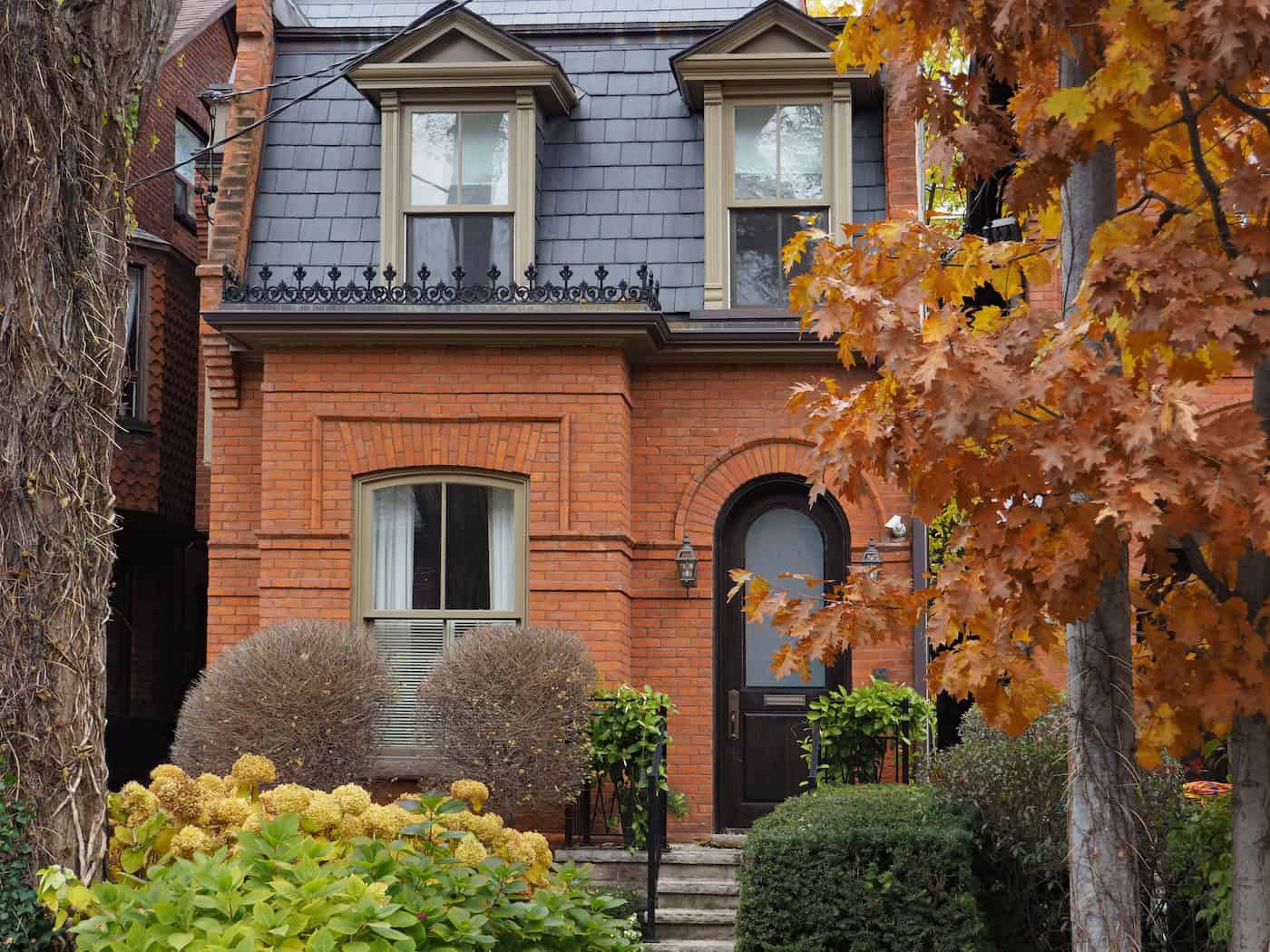
- Advantages: Adds extra living or storage space under the roof.
- Disadvantages: High installation and repair costs compared to simpler styles.
Shed Roof
- Advantages: Simple construction makes it cost-effective for additions or garages.
- Disadvantages: Limited design appeal for larger homes.
Gambrel Roof
- Advantages: Provides spacious attics or lofts without extra floors.
- Disadvantages: Less durable under heavy snow or high wind loads.
Local Considerations for Roof Choice
When choosing a new roof in Charlotte, NC, homeowners need to account for humid summers and frequent thunderstorms. Roofs that resist moisture, wind, and heat expansion are particularly effective in this region. Consulting a professional ensures you pick a style that not only looks great but also performs well against local weather conditions.
We’re proud to serve home and business owners in Charlotte, NC, and nearby cities with roof replacement and installation services, helping you find the perfect roof types for your property.
Tips for Extending Roof Lifespan
No matter which roof you choose, maintenance plays a key role in protecting your investment. Regular inspections, timely repairs, and preventive measures will keep your roof in top shape for decades.
Maintenance Essentials
- Routine inspections: Identify small problems before they become costly.
- Gutter cleaning: Clear debris to prevent water backup and roof damage.
- Ventilation checks: Proper airflow prevents heat and moisture buildup.
- Professional help: Roofing contractors can extend lifespan with expert repairs.
Seasonal Inspections
Every season brings new stress to a roof. In the spring, heavy rains may reveal leaks that developed over the winter. Summer heat can cause shingles to expand, sometimes leading to cracks or warping. Fall is the best time to clear leaves and debris that might clog gutters, while winter may bring snow or ice accumulation in certain regions. Scheduling seasonal checks ensures that your roof stays prepared year-round, no matter the weather conditions.
The Value of Professional Roof Guidance
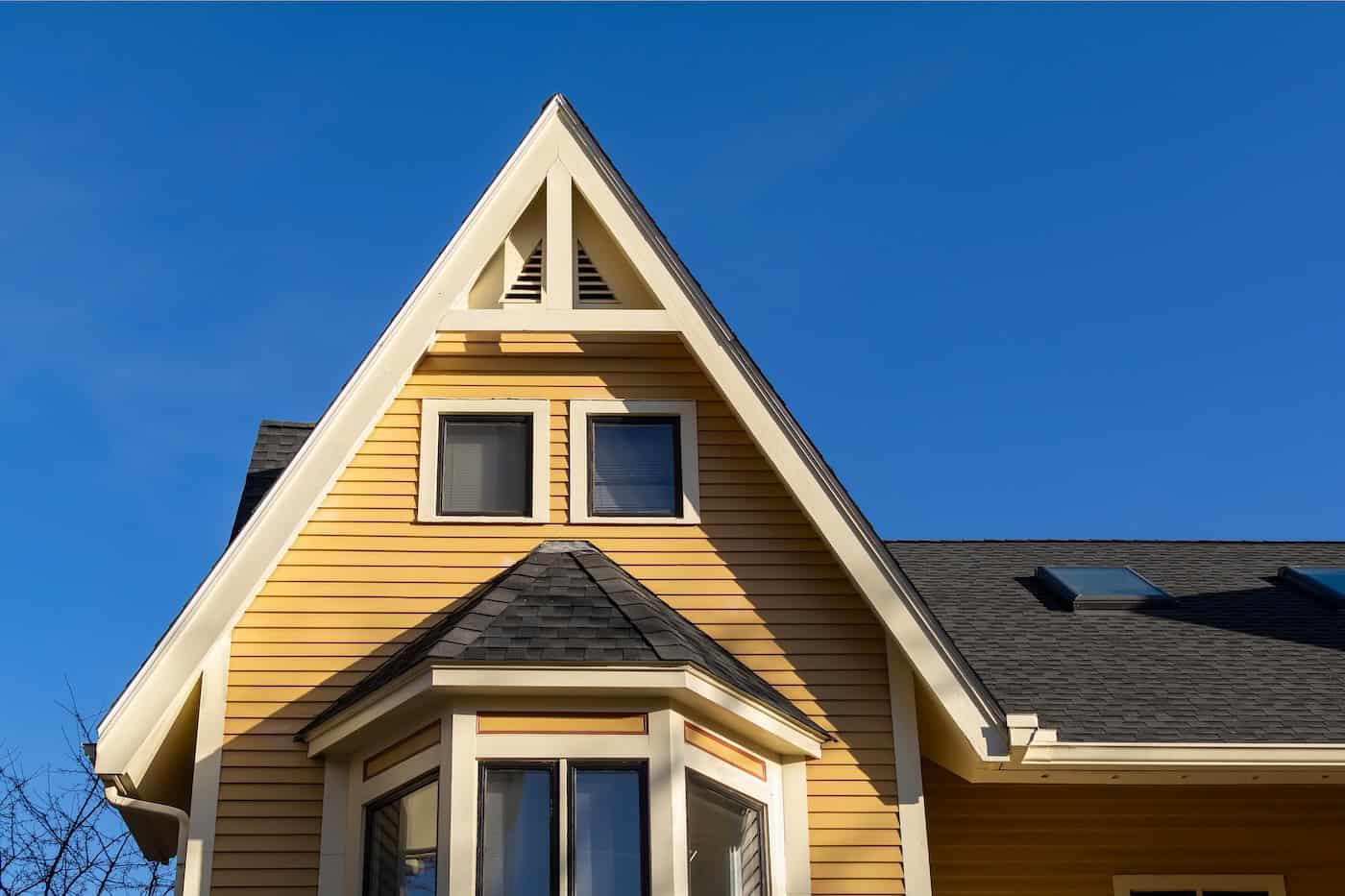
While researching different roof types is important, expert guidance ensures you make the right choice for your home. A roofing contractor can explain how each style performs under specific local conditions, from high wind to heavy rain. They can also provide accurate estimates for installation and long-term maintenance costs. This professional insight helps homeowners avoid expensive mistakes and choose a roof that delivers both durability and curb appeal. Partnering with a trusted roofing expert makes the decision-making process smoother and more reliable.
Repairing Storm Damage Quickly
After a major storm, even minor roof damage should be addressed quickly. Missing shingles, bent flashing, or loose gutters may seem small, but they can lead to water infiltration if ignored. Homeowners who schedule timely repairs protect their investment and avoid larger structural problems down the road. Acting fast also makes it easier to document issues for potential insurance coverage. A roofing professional can assess hidden damage that may not be visible from the ground.
Protect Your Investment with Walsh Roofing Services
Your roof is one of the most important parts of your home, and choosing the right style ensures long-lasting protection. Walsh Roofing has the expertise to guide you through selecting, installing, and maintaining the roof that best suits your home’s needs. With trusted craftsmanship and local knowledge, we help homeowners get the most from their investment in roof types.
Contact Walsh Roofing today to schedule a free inspection and discover which roof is the perfect fit for your property.
